Focus on Miniaturization
The Medical Connector Market is witnessing a pronounced focus on miniaturization, driven by the need for smaller, more efficient medical devices. As healthcare technology evolves, there is a growing demand for connectors that occupy less space while maintaining high performance. This trend is particularly evident in the development of wearable medical devices and portable diagnostic equipment, where size constraints are critical. The miniaturization of connectors not only enhances device portability but also improves patient comfort and usability. Recent estimates suggest that the miniaturized connector segment is likely to grow significantly, potentially reaching a market value of several billion dollars within the next few years.
Integration of Smart Technologies
The Medical Connector Market is increasingly influenced by the integration of smart technologies into medical devices. This trend encompasses the development of connectors that facilitate seamless communication between devices, enabling real-time data transfer and monitoring. For example, connectors equipped with wireless capabilities allow for remote patient monitoring, which is becoming essential in modern healthcare. The demand for such smart connectors is expected to rise, as healthcare providers seek to enhance patient outcomes through better data management. Market analysis indicates that the segment of smart medical connectors could account for a significant portion of the overall market, reflecting a shift towards more interconnected healthcare solutions.
Regulatory Compliance and Standards
The Medical Connector Market is heavily influenced by stringent regulatory compliance and standards that govern medical device manufacturing. Regulatory bodies require that connectors meet specific safety and performance criteria, which can drive innovation and quality improvements. Compliance with these regulations ensures that medical connectors are safe for patient use and function effectively within medical devices. As the industry evolves, manufacturers are increasingly investing in research and development to meet these standards, which may lead to enhanced product offerings. The emphasis on regulatory compliance is expected to shape market dynamics, as companies that prioritize these standards may gain a competitive edge.
Rising Demand for Home Healthcare Solutions
The Medical Connector Market is experiencing a rising demand for home healthcare solutions, which is reshaping the landscape of medical device connectivity. As more patients opt for home-based care, the need for reliable and efficient connectors that facilitate at-home monitoring and treatment is becoming paramount. Connectors that support telehealth applications and remote patient management are particularly sought after, as they enable healthcare providers to deliver care outside traditional settings. Market projections indicate that the home healthcare segment is likely to expand rapidly, potentially driving significant growth in the medical connector sector as manufacturers adapt to these changing needs.
Technological Advancements in Medical Connectors
The Medical Connector Market is experiencing a surge in technological advancements that enhance the functionality and reliability of medical devices. Innovations such as improved materials and manufacturing processes are leading to connectors that are more durable and resistant to environmental factors. For instance, the introduction of biocompatible materials is crucial for connectors used in implantable devices, ensuring patient safety and device longevity. Furthermore, the integration of advanced manufacturing techniques, such as 3D printing, is streamlining production and reducing costs. According to recent data, the market for medical connectors is projected to grow at a compound annual growth rate of approximately 8% over the next five years, driven by these technological improvements.
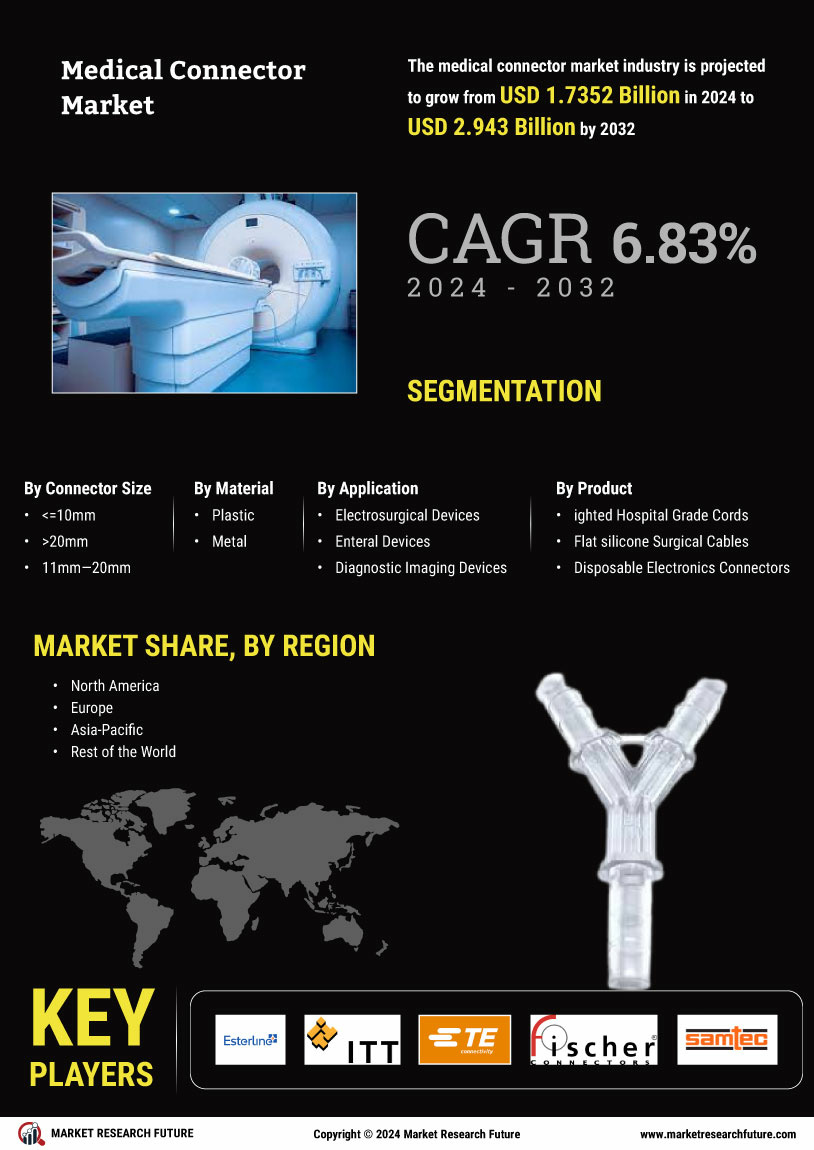

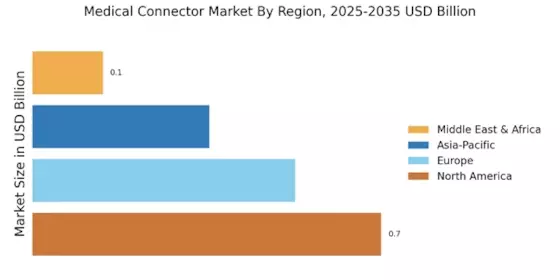
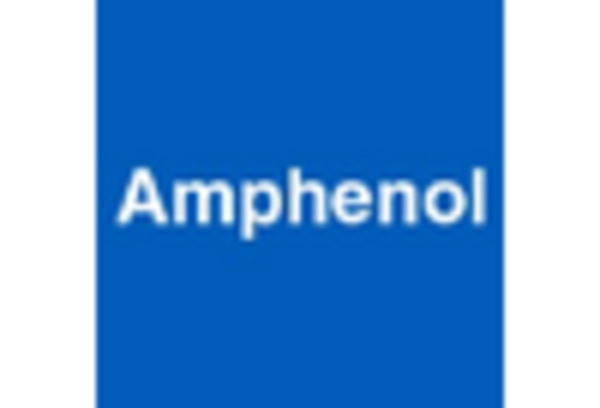
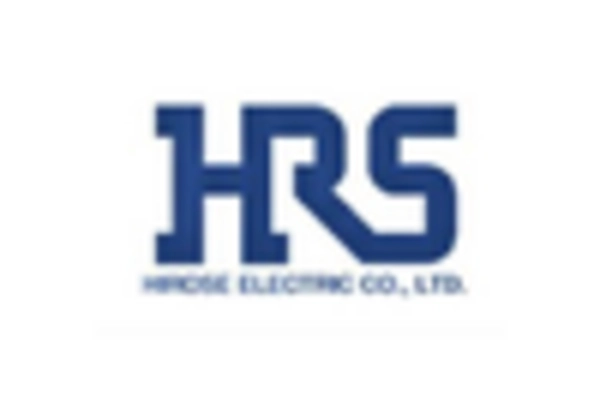

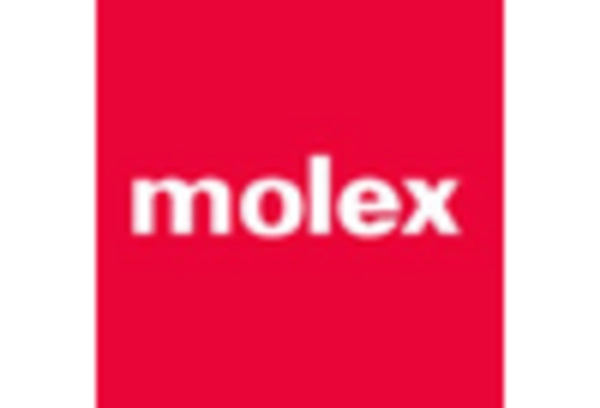
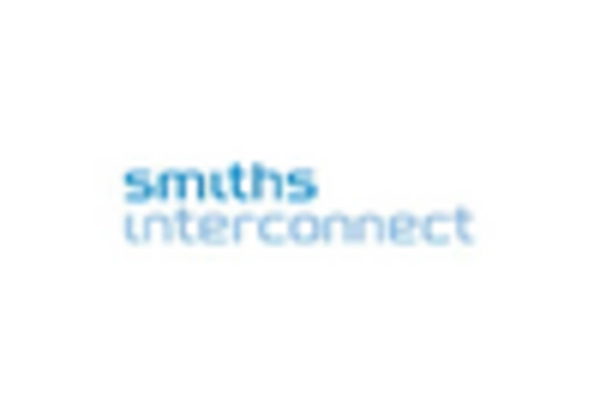
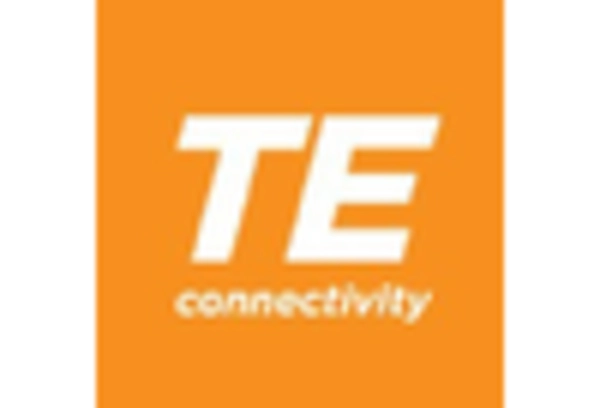








Leave a Comment